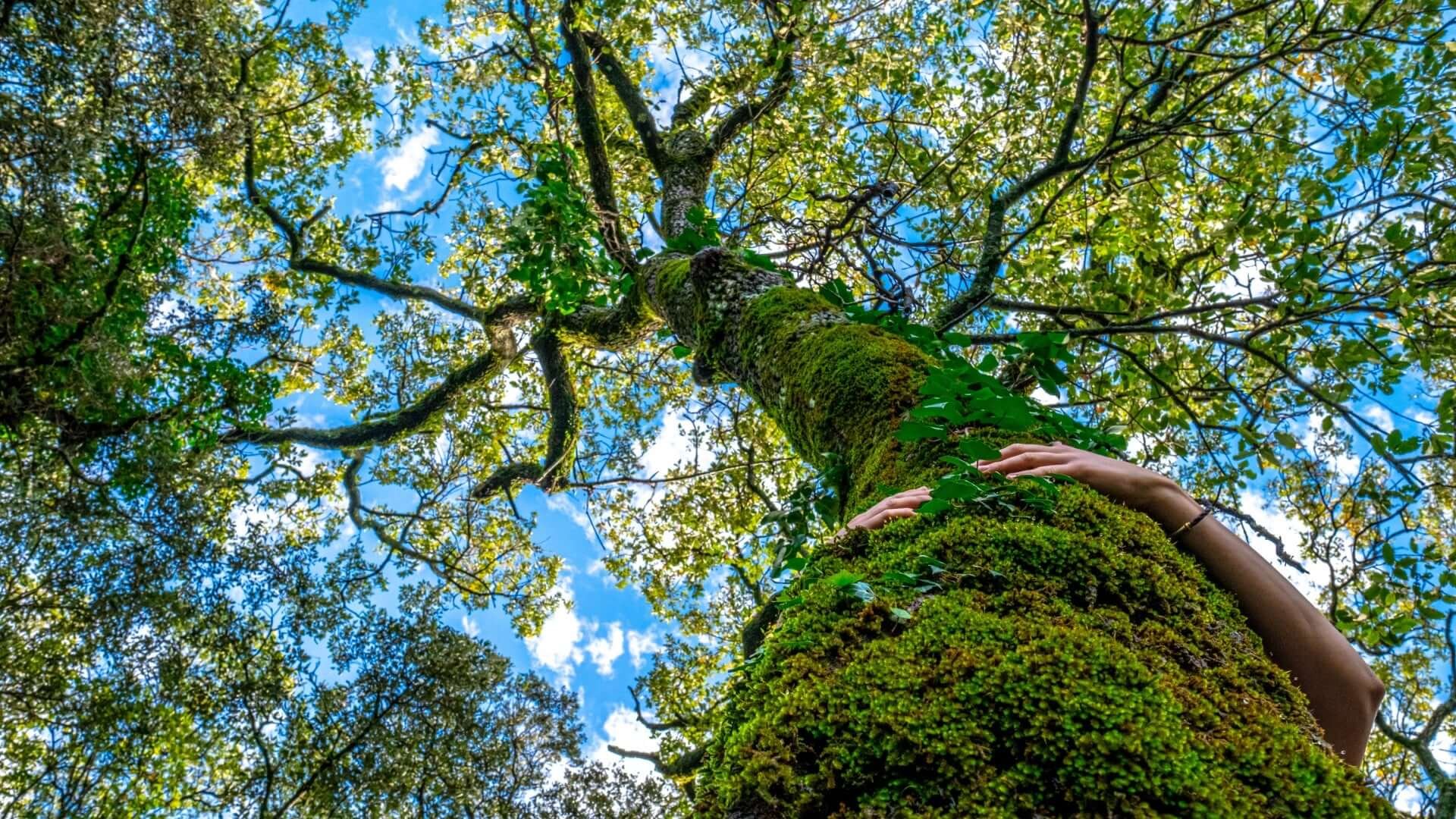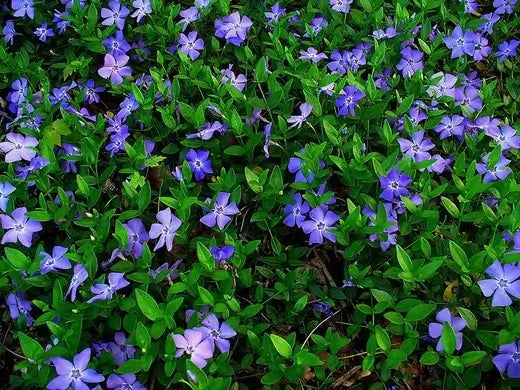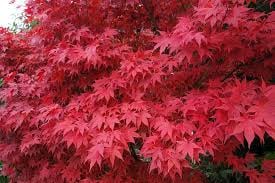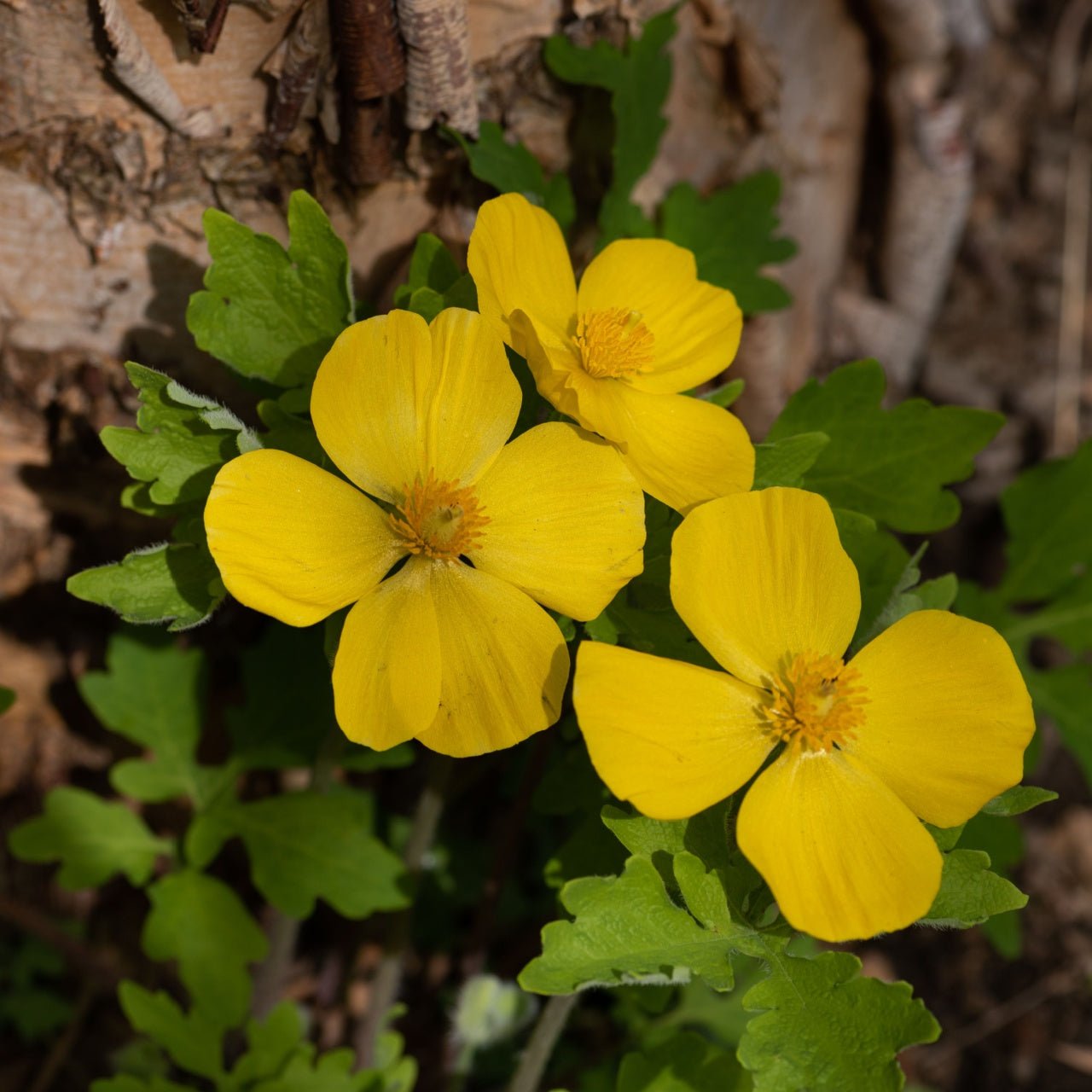Most gardeners find homegrown berries to be their most fulfilling gardening project. Berries transform your garden with bright hues while providing direct access to fresh and nutritious food from your yard. Gardeners at every experience level should include berry plants because they provide delicious fruits while supporting pollinators and wildlife. Your berry garden will flourish and stand out in your landscape when you use proper tips along with native plant choices. The steps for thriving berry gardens and native perennial plant suggestions to enhance any garden space follow below.
Perfecting Your Berry Garden Setup
To achieve success in growing berries, you must begin with meticulous planning. Analyze your soil composition and sunlight exposure with your local climate conditions to guarantee that your selected berry plants will flourish. Berries grow best in well-drained soil that maintains slight acidity with a pH range between 5.5 to 6.5. If needed, you can evaluate and adjust soil conditions using a pH meter, soil test kit, organic matter, or sulfur.
Sunlight is critical for berry plants. Most berries, such as blueberries, raspberries, and strawberries, thrive in full sun conditions, meaning they need six to eight hours of unaffected sunlight daily. Limited sunny areas can support some berry varieties using partial shade conditions.
Water needs to demand a stable moisture level for optimal growth. Berry plants' shallow root systems make them vulnerable to drought stress. Organic mulch layers from pine needles or bark retain moisture and prevent weed growth. To efficiently water your plants without the risk of overwatering, choose drip irrigation as a low-maintenance option.
Choosing berries suited to your local conditions is essential. The best conditions for blueberries include acidic soils, but blackberries and raspberries thrive in many different environments. When you reside in a cold area, choose hardy berry varieties that endure freezing winters.
Care and Maintenance for Thriving Berries
Proper berry plant care requires more than just planting. Consistent maintenance practices lead to successful berry growth and maximum yields. Begin by pruning your plants annually. Blueberries grow best when older canes are removed to stimulate new development, but blackberries need their fruiting canes trimmed back during late winter or early spring to thrive.
Fertilization is another key factor. When growing blueberries, use fertilizers designed for acid-loving plants and balanced nitrogen-rich fertilizers for blackberries and raspberries. Begin applying fertilizers in early spring when new growth appears, and follow up with another application in late spring to ensure fruit production.
Farmers must maintain pest and disease control to achieve healthy harvests. Widespread pests like aphids, spider mites, and Japanese beetles damage foliage and fruit. Biological controls such as ladybugs and organic sprays help control pest infestations. Good air circulation and proper drainage help reduce diseases like powdery mildew and root rot.
Native plants are excellent complements to your garden to increase its biodiversity. Native perennial plants sustain pollinators with food sources and shelter while they enhance soil quality and protect against invasive species dominance. Integrate Butterfly Weed (Asclepias tuberosa) into your garden setup because it attracts pollinators and thrives well with berry plants.
Three Native Perennials You Need to Grow with Berry Plants
Berries get all the attention, but native perennials are crucial in building a balanced and thriving garden ecosystem. Beneficial insects flock to these plants, which enhance berry gardens with their visual charm.
Purple Coneflower (Echinacea purpurea)
A native perennial that is an excellent choice for any garden becomes even more valuable in gardens that grow edible plants. Purple Coneflower attracts pollinators, including bees and butterflies, which then improve berry production through pollination. The plant features stunning purple blooms that visually stand out during its flowering period, which stretches from summer until fall. As a drought-tolerant plant that grows well in multiple soil types, this low-maintenance species is a highly adaptable gardening companion for berry patches.
Celandine Poppy (Stylophorum diphyllum)
Plant Celandine Poppy in your garden, and it will give your garden a woodland aesthetic. The native perennial grows best in partial shade and is well-suited for berry enthusiasts who want to cultivate currants and gooseberries that flourish in semi-shaded environments. The bright yellow flowers bloom at the start of spring and mark the start of the growing season while supporting pollinators that emerge early in the year. Celandine Poppy creates better soil conditions, which helps neighboring berry plants thrive.
Wild Bergamot (Monarda fistulosa)
Wild Bergamot is an irresistible draw for pollinators. Bees, butterflies, and hummingbirds visit the lavender blooms because they perform essential pollination functions for berry plants. The aromatic perennial grows well in sunny areas and accepts different soil types, which makes it perfect for pairing with sun-loving berry plants such as strawberries and raspberries. Your garden can produce another edible item because its fragrant foliage makes a good tea.
Maximizing Your Berry Harvest
After your berry plants become established, use practices to boost your harvest output. Protect your fruit crops from birds and wildlife by installing netting around your plants. Nature sharing your garden is excellent, but using a satisfactory mesh net guarantees you can maintain a plentiful harvest.
Harvest timing is another crucial factor. Berries taste and texture best when picked at their peak ripeness. Fully ripe blueberries become deep blue without any red coloration, while ready blackberries detach easily from their stems. By choosing fruits regularly, you signal plants to boost their fruit production; thus, garden visits should be frequent during harvest.
The last step to fully benefit from your berry plants is preserving their fruit. Preserving your abundant berry harvest through freezing or drying methods or by making jams and jellies guarantees you can appreciate the fruits of your labor throughout the year. To freeze berries, wash and dry them thoroughly, then arrange them on a baking sheet before transferring them to tight-sealing containers.
Creating a Wildlife-Friendly Berry Garden
Native plants such as Purple Coneflower and Wild Bergamot beautify gardens while creating spaces that support wildlife. The food sources and shelter from these perennials support birds and pollinators such as bees and butterflies, enabling a balanced ecosystem to develop. Beneficial insects improve pollination and pest control, allowing berry plants to flourish.
Install water sources such as birdbaths or mini ponds to make your garden more attractive to wildlife. These improve garden visitor numbers and help pollinators survive dry spells. Choose organic options instead of chemical pesticides that damage helpful insects.
The process of growing berries at home educates and brings happiness. Your berry garden will become beautiful and productive when you combine careful planning and maintenance with native plants. You harvest fresh strawberries for summer treats or freeze blackberries for winter pastries because your hard work will bring continuous rewards. Every gardener who applies small amounts of care and creativity can achieve success with their berry plants.
Read more

Understanding the Moss's life cycle helps gardeners know when to expect natural expansions or slower growth periods. As long as moisture is present, tree moss will continue to thrive, offering beau...

The Vinca Major vine is also known as the periwinkle vine. Gardeners enjoy its evergreen foliage and the attractive, five-petaled purple or lavender flowers; The perennial plants bloom from spring ...



